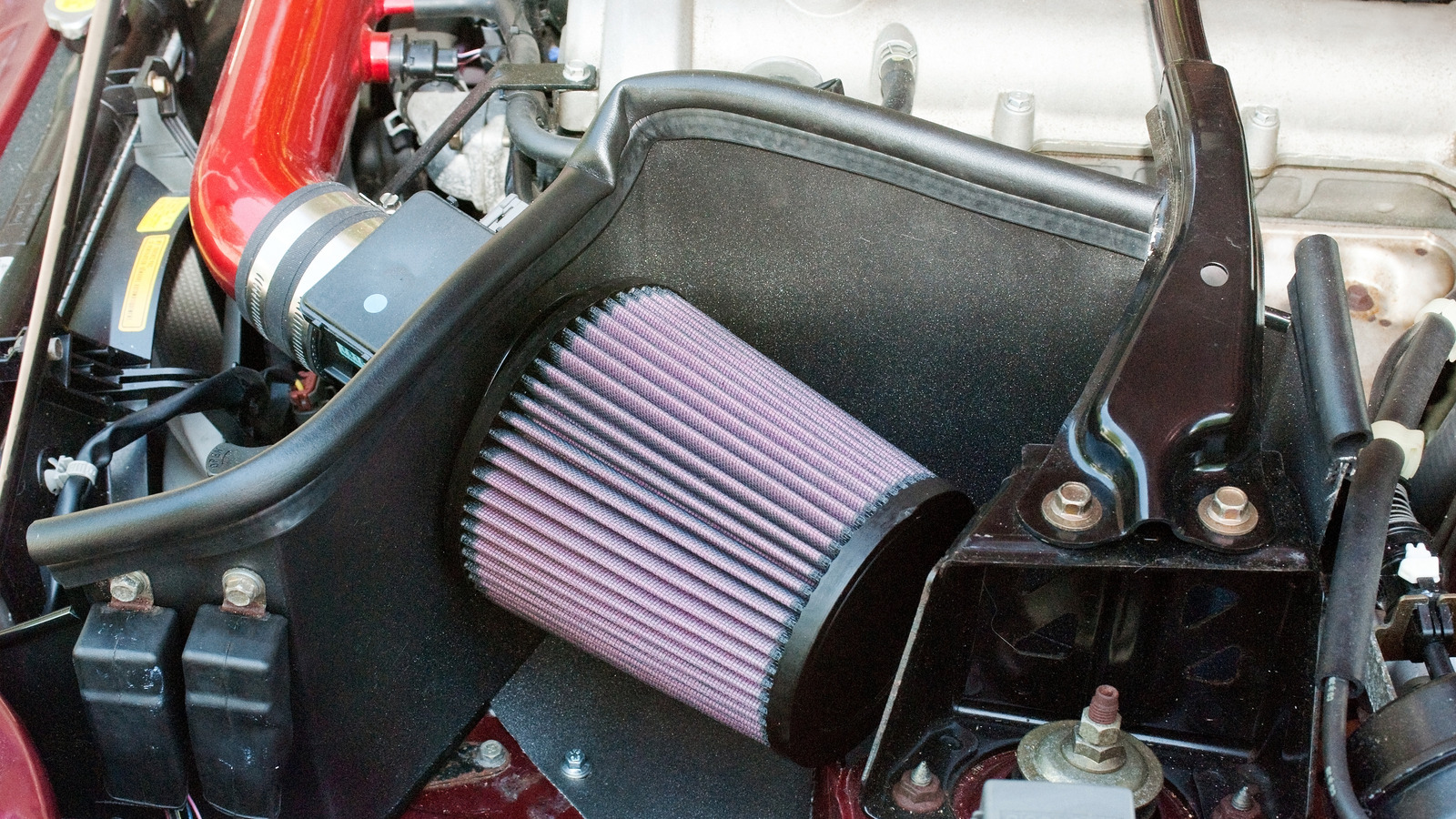
Racing enthusiasts are perhaps already familiar with this enhancement under the hood. The introduction of a cold air intake changes the way your engine sucks oxygen into the unit to power combustion. Oxygen is mixed into the system alongside gasoline in order to provide the engine with the ingredients it needs to power the car. In a typical air intake system, air from within the engine compartment is filtered into the engine to mix in this critical component. A cold air intake feeds the engine with cooler air that’s found outside this part of the car. Colder air is more dense and therefore contains a greater volume of oxygen. The result of a cold air intake is an uptick in fuel-burning efficiency, leading to improved performance metrics from the engine.
A standard cold air intake is likely to improve your engine’s power output by about 5%. This can translate into a boost of just a few horsepower in cars with small engines, or as much as 20 or 30 horsepower in existing performance vehicles that are already seething with quick throttling energy. The throttle is another area that sees improvement with this addition. Drivers should expect a boost in acceleration and throttle response in the same way that a runner or lifter gains a surge of strength after a deep breath. Similarly, for drivers looking to augment their experience behind the wheel, a cold air intake amplifies the athletic sound that naturally emanates from your engine.
Stay connected with us on social media platform for instant update click here to join our Twitter, & Facebook
We are now on Telegram. Click here to join our channel (@TechiUpdate) and stay updated with the latest Technology headlines.
For all the latest Automobiles News Click Here
